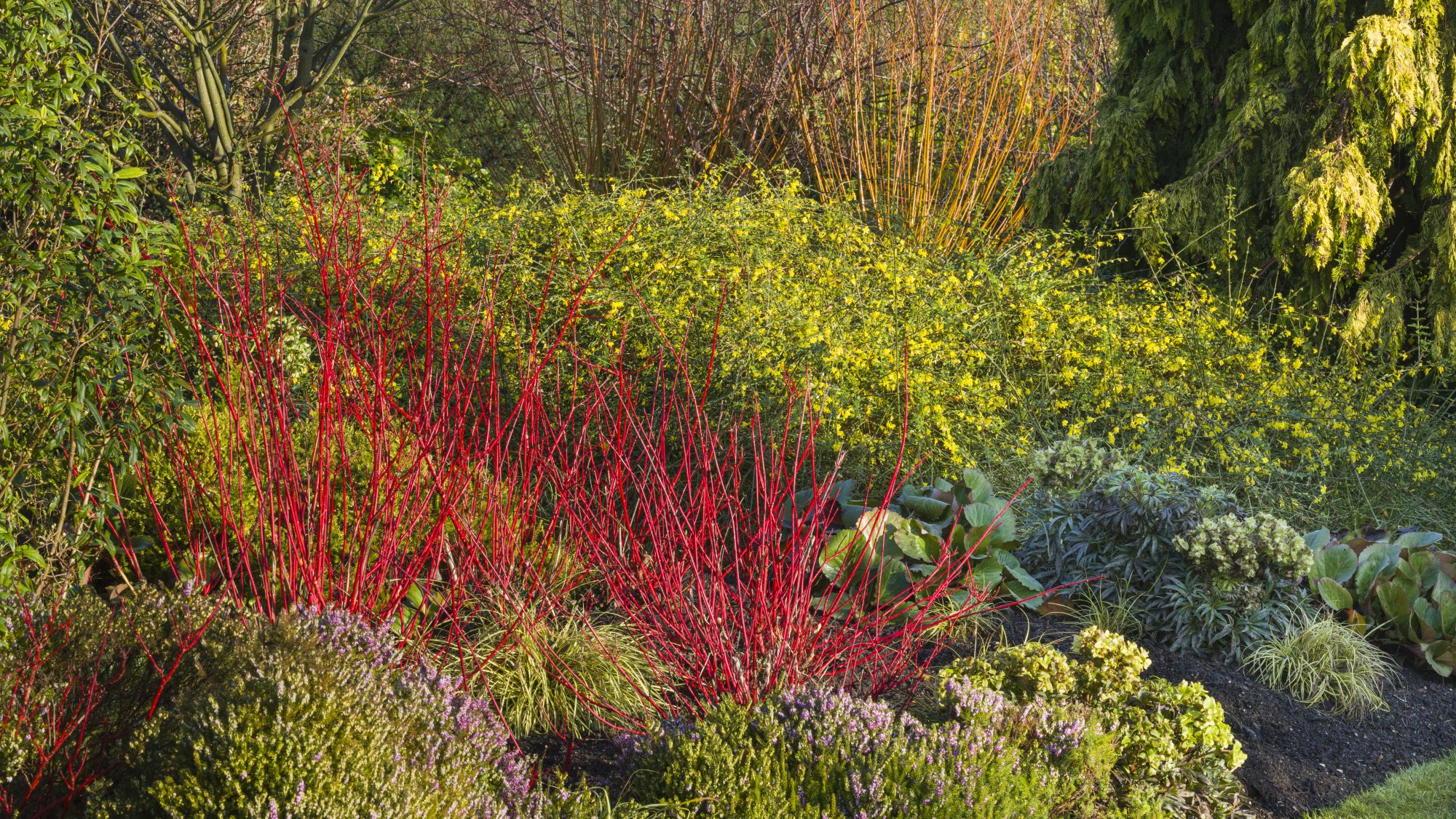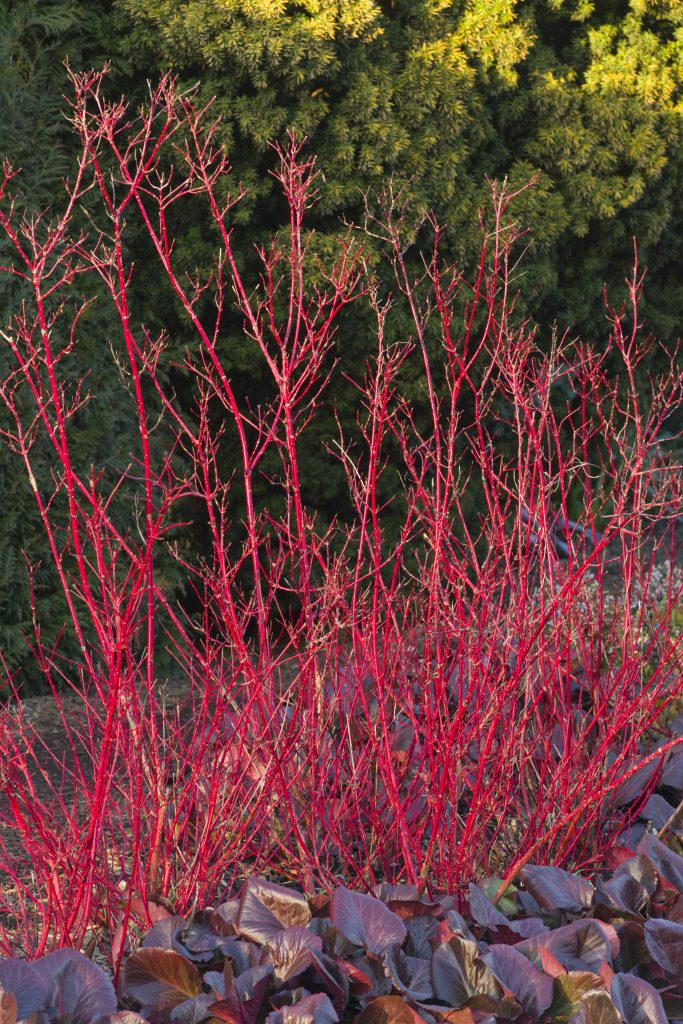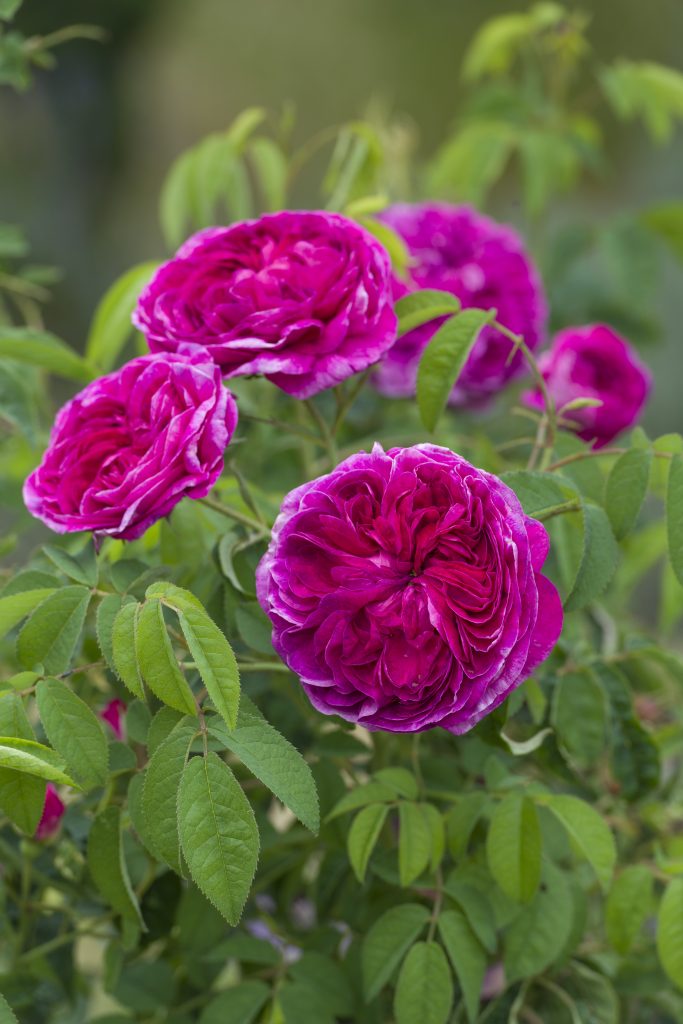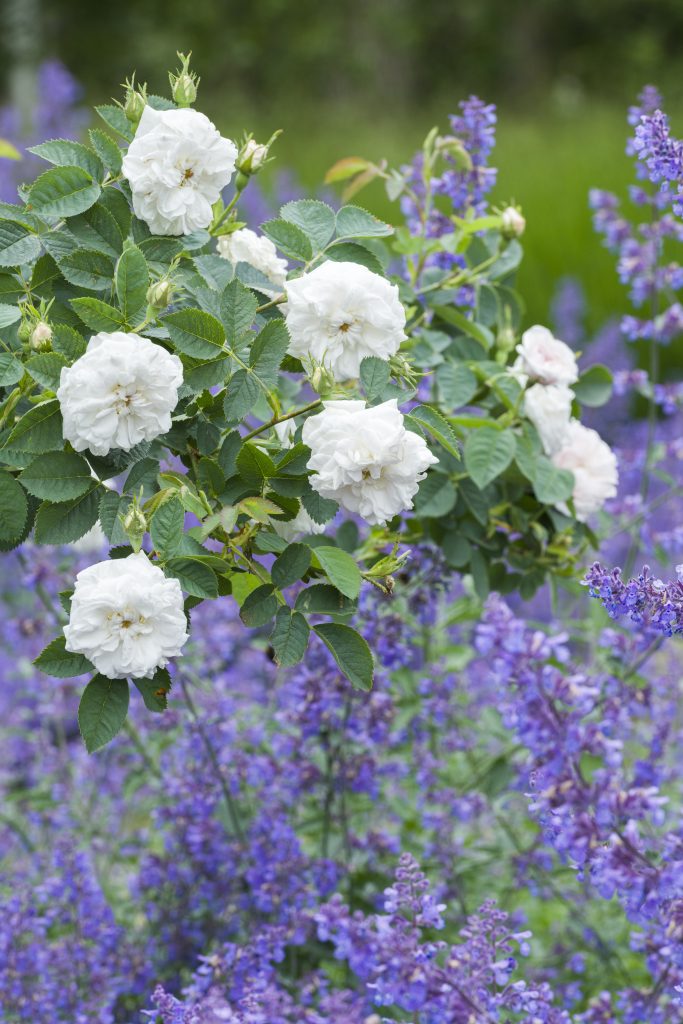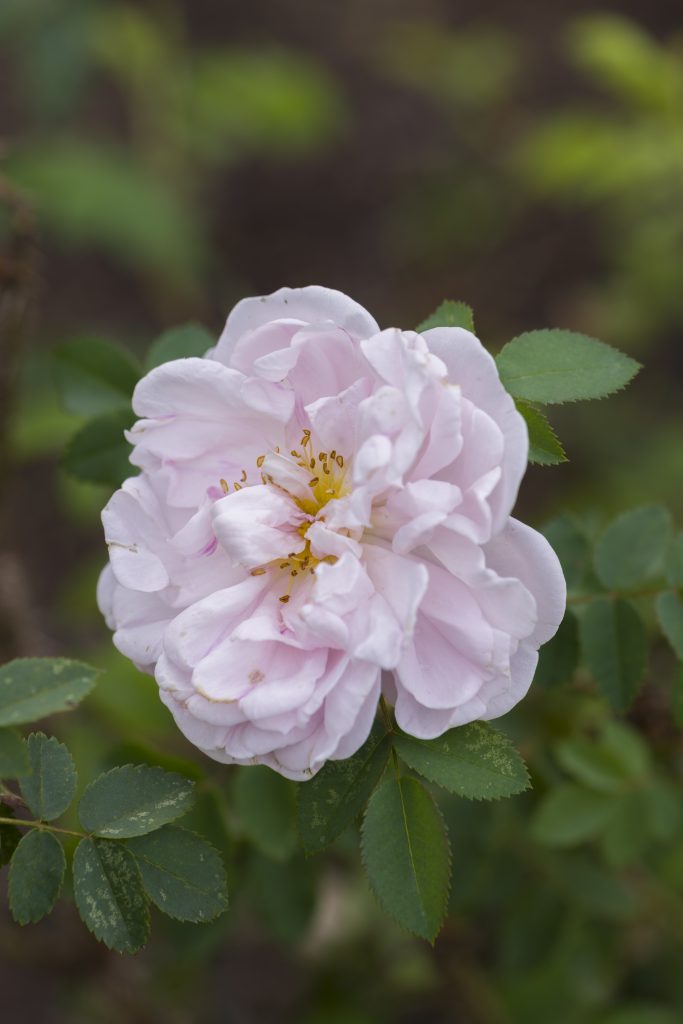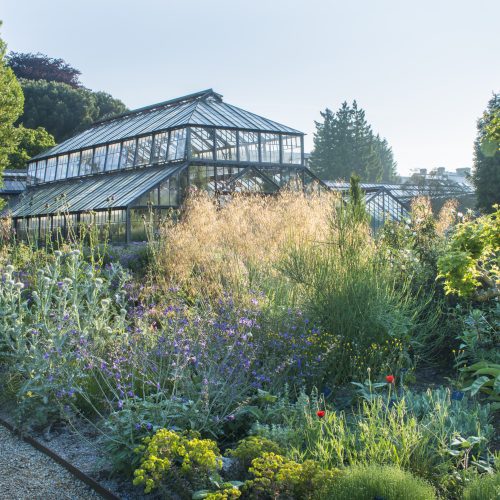Head of Horticulture, Sally Petitt, writes:
The idea of plants for free brings joy to many of us gardeners, including myself, but is there really such a thing? Well yes, you can produce new plants from your existing plantings without the need to buy replacements. It will cost you in time and effort but in my opinion it’s well worth the investment!
Earlier this year I wrote about the thrill of growing plants from seed and while some plants relish a spring sowing, other perennials and woody subjects benefit from an autumnal sowing and exposure to winter cold to break seed dormancy. But seed sowing isn’t the only propagation method, the vegetative propagation of plants – which is producing new plants from stems, roots or leaves rather than seeds – will guarantee production of an exact replica of the parent plant.
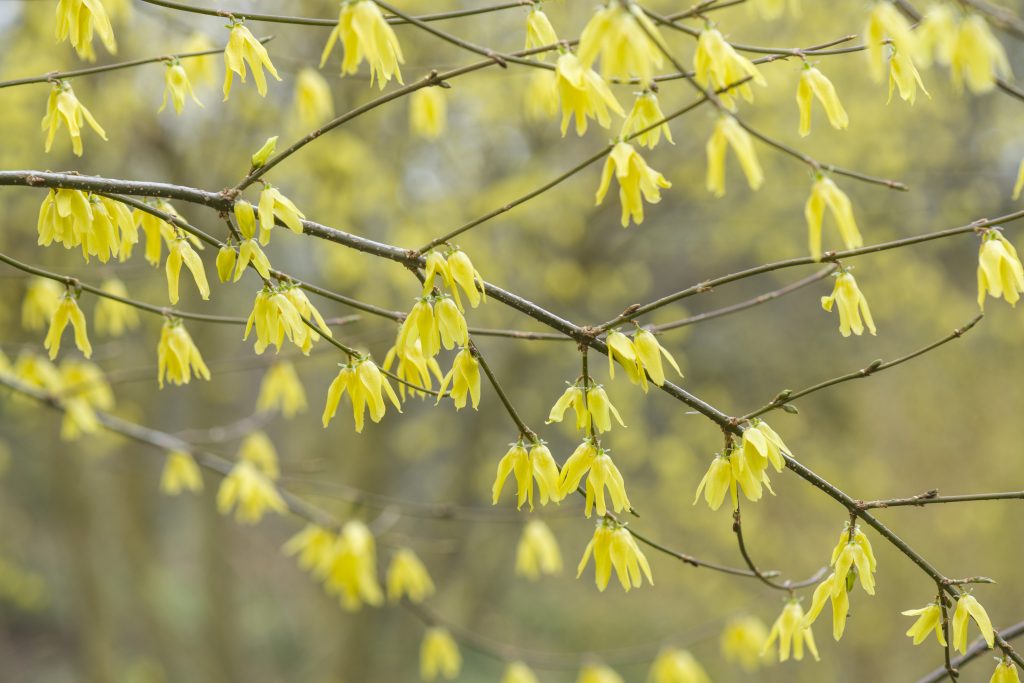
Taking softwood cuttings:
Softwood cuttings are taken from the soft, new growth of plants – usually in spring or summer and are one of the quickest ways to propagate tender perennials. Late summer is the perfect time to take softwood cuttings of tender perennials in your garden, such as pelargoniums, lavenders and salvias, and here at the Botanic Garden this process is well under way. To produce softwood cuttings, you should gather non-flowering shoots from your garden plants, making a neat cut with a sharp knife below the node (leaf axil) at approximately 7-10cm down the stem, and inserting the cutting into a free-draining cutting compost. Your cuttings should be watered and placed either in a heated propagator, or in a plastic bag on a windowsill, and the compost kept moist until roots develop. Once roots are showing through the drainage holes of the pot and new growth has appeared your new plants can be potted up into small pots of general potting compost. I know my summer garden would be a much bleaker place if I didn’t refresh my tender plants such as Abutilon ‘Red Tiger’ and Pelargonium tomentosum with young, new plants grown from softwood cuttings every year, and to be honest, growing plants form cuttings is one of the most satisfying gardening tasks I can think of.
Hardwood cuttings
Hardwood cuttings come from older, woody stems once the plant is dormant. Autumn is a good time to start taking hardwood cuttings of deciduous climbers, trees and shrubs and this can continue from mid-autumn to late winter while the plants are dormant. This treatment is perfect for plants including buddleja, forsythia, roses and dogwoods and a great way to increase numbers of your woody favourites.
How to take hardwood cuttings:
Taking a healthy stem of the previous year’s growth, – typically wood that grew during the last growing season and has now turned firm and woody – look for stems that are leafless, brown rather than green and slightly thicker than newer shoots. These should be cut into sections 15-30cm in length, making a clean cut at an angle above a bud, and a cut straight across the lower section of stem below either a single bud or a pair of buds. If you’re going into mass production your hardwood cuttings can be inserted either into a trench in the open garden. But on a domestic scale a deep flowerpot containing a 50:50 mix of grit and multi-purpose compost will do the job nicely. The bottom two-thirds of the cutting i.e. the section with the straight cut, should be immersed into the soil, with the angled cut exposed above the surface of the compost. Cuttings should be kept moist until the following autumn when your cuttings will have developed healthy roots and will be showing signs of new growth. At this stage your cuttings can be potted up and grown on until large enough for planting.
Top tips for hardwood cuttings
- Ensure you use a sharp knife to make a clean cut and minimise infection.
- Cut onto a durable surface, rather than cutting up towards your hand, but keep some plasters nearby just in case of any slips!
- Use a hormone rooting powder to protect exposed surfaces from infection and to encourage quick root development.
- Keep pots of hardwood cuttings in a sheltered location, either tucked in the rain shadow of a house or shed, or in a cold frame.
- Resist checking your cuttings for root growth – once they’ve got good roots you will see new leaves and shoots developing.
Top Plants for Hardwood Cuttings which root reliably and perfect for beginners
- Forsythia – bright yellow spring blooms
- Dogwood (Cornus) – striking winter colour stems
- Buddleja – loved by pollinators
- Roses – beautiful and fragrant
- Hydrangea – late summer colour with large flowerheads
So, yes, you can have plants from free produced from your own garden. It’s not too late to have a go at softwood cuttings, and there’s plenty of time to take hardwood cuttings from your woody favourites. If you’re successful in your efforts you will be pleased to reduce money spent at the garden centre. You can admire your efforts for years to come, and there’s the added thrill of sharing surplus with your gardening friends. And if your efforts should happen to fail, you can always try again next year.
Gardening jobs for September
Sow hardy annuals such as cornflowers directly in your garden.
Collect ripe seed from your favourite annuals and save in a dry place until spring ready for sowing.
Lift and divide congested perennials to remove old growth and encourage increased flowering.
Plant new perennials while the soil is still warm and while moisture levels are increasing to encourage strong root development before summer.
Make direct sowings of broad beans and peas for a spring harvest.
Plant spring flowering bulbs such as crocus and daffodils.
This piece was originally written for September’s Cambridge Edition magazine (pages 76-81).

